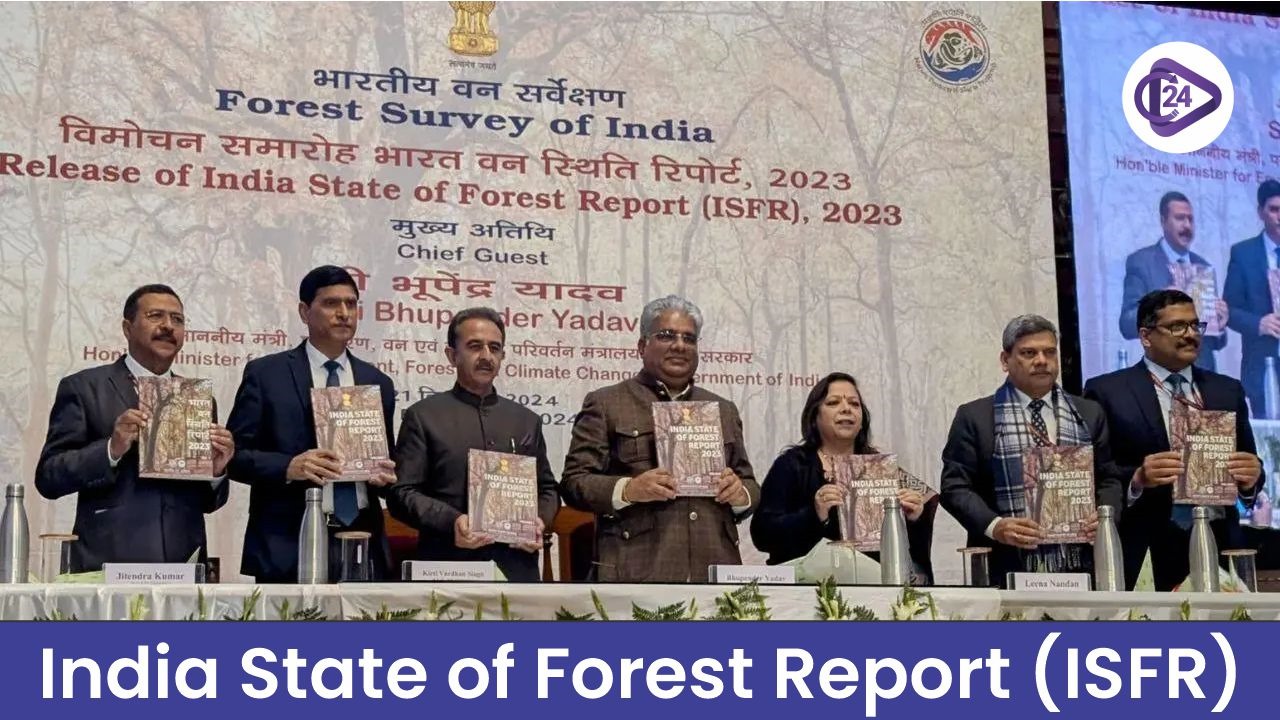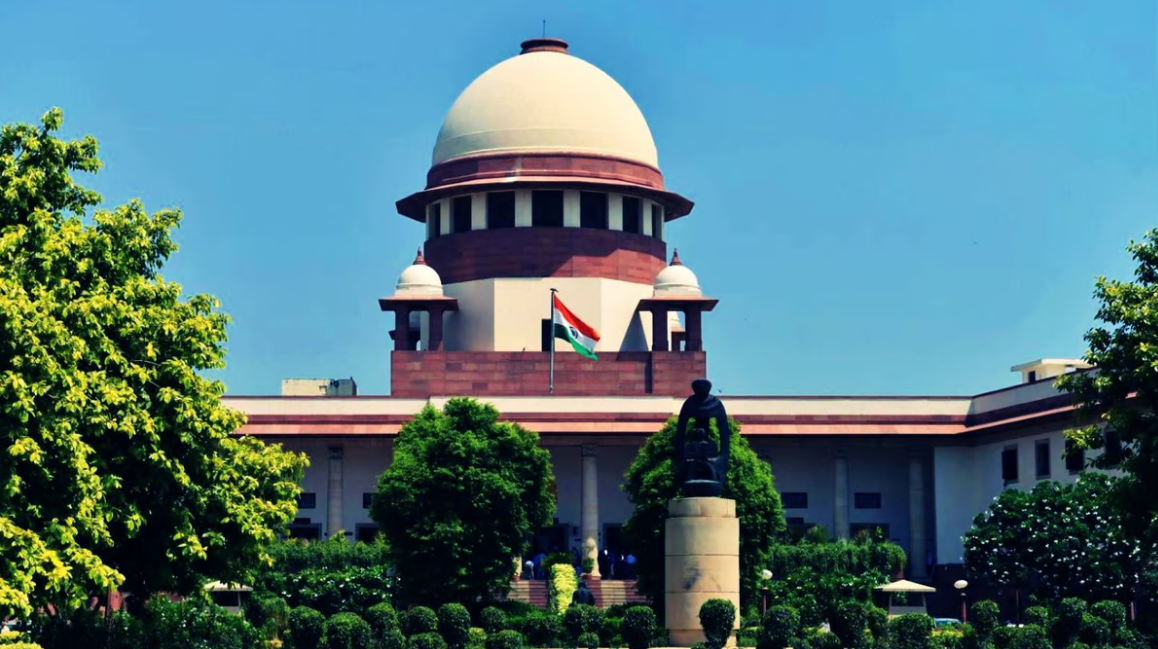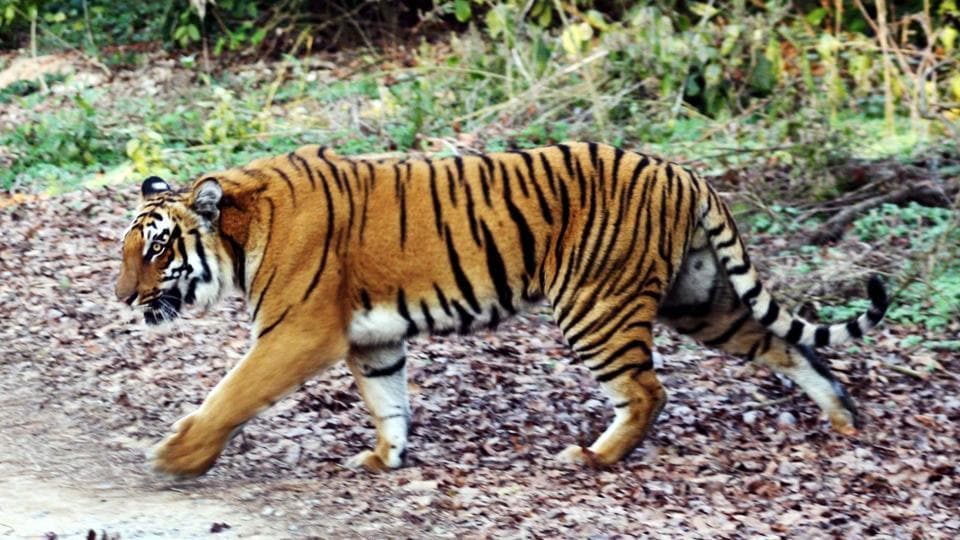
Union Govt creates ‘Jalvahak’ to promote Inland waterways, cargo on NW1 & NW2 steamship incentives on NW16Incentive Scheme 'Jalvahak': The government has introduced ‘Jalvahak’ to boost cargo through National Waterways 1 (Ganga), 2 (Brahmaputra), and 16 (Barak) with incentives for shifting long-haul cargo.
Currently, to address these issues and encourage cargo movement through National Waterways 1 (Ganga), 2 (Brahmaputra), and 16 (Barak) the government has come up with the ‘Jalvahak’ scheme. The compensation rate for distances beyond 300km ranges up to 35% of operating costs for cargo transport. Its objectives revolve around achieving cost reduction of logistics, unburdening roads and rails, and encouraging sustainability in conveyance. The scheme will be for three years starting from 2024 and is designed for bulk and containerized cargo operators, freight forwarders, and trade bodies. Passenger services on cargo respectively for Kolkata-Patna-Varanasi-Guwahati have already begun. The scheme planned to move 800 million tonnes of cargo by 2027 the cost of which is estimated to be ₹ 95.4 crores. Cargo transported through India’s national waterways has magnified and over the period from 2013-14 to 2023-24 has increased by about 700%. The government believes it can reach 500 million tonnes by 2047, which addresses PM Modi’s vision of overhauling India’s logistics.
Key Features of 'Jalvahak':
-
To encourage cargo movement through National Waterways 1 (Ganga), 2 (Brahmaputra), and 16 (Barak) the government has come up with the ‘Jalvahak’ scheme.
-
Maximum compensation rate of 35 percent of operating costs for the transportation of cargo over 300 km.
-
Intended to minimize expenditure borne on logistics, clear traffic off roads and railways, and encourage environmentally friendly transport.
-
Focusing on owners of bulk and containerized cargo, freight forwarders, and several trade associations.
-
It is planned to implement the scheme for 3 years starting from 2024.
Commencement of Scheduled Service
-
The first cargo vessels-MV Trishul, MV AAI MV Homi Bhaba were launched to establish the fixed scheduled services between Kolkata Patna Varanasi and Pandu (Guwahati).
-
The regular transit time for the proposed services is seven days for Kolkata-Patna route, five days for Patna-Varanasi, and 14 days for Kolkata-Varanasi.
Economic and Ecological Impact
-
In its inception and operation, it was aimed at marketing waterways as cheap, effective and pro-environment transport system.
-
The intended volume is to transport 800 Million Tonnes of cargo by 2027; in generating its fund it has an expenditure of ₹95.4 crores.
Growth Potential
-
There is a growth in the national waterways of India, cargo pushed up has risen from 18.07 million MT by 2013-14 to 132.89 million MT by 2023-24 a 700 percent raise.
-
Vision for the country envisages having 200 Million MT per annum by the year 2030 and 500 Million MT of production capacity by the year 2047 for an Atmanirbhar Bharat.
Government initiatives for waterways development
-
National Waterways (NW) Development Project
-
Jal Marg Vikas Project (JMVP)
-
Sagarmala Project
-
Inland Waterways Authority of India (IWAI) Schemes
-
National Waterway-5 (NW-5) Development
-
Integrated National Waterways Transport Grid
-
Scheme for Development of Inland Water Transport (IWT) Infrastructure
-
International Coastal and Inland Water Transport Connectivity Project
-
Fostering National Inland Waterways Network
Government's Vision
-
The India initiative augments Prime Minister Narendra Modi’s plan for changing the logistics network through waterways, which were revived post–2014.
-
The sector features an anticipation to transform cargo movement particular in eastern India and generate a substantial contribution to India’s economy and blue economy.
Conclusion
The Jalvahak Scheme symbolizes India's commitment to modernizing its logistics through inland waterways, supporting PM Modi's vision of sustainable and efficient cargo movement. With significant growth potential and eco-friendly objectives, this initiative will transform India’s transportation landscape while contributing to economic development and a greener future.
Chat With Us



 ISFR 2023: Key Findings on India’s Forest Cover & Climate Goals
ISFR 2023: Key Findings on India’s Forest Cover & Climate Goals Supreme Court Directs Policy Formation for Sacred Groves Conservation
Supreme Court Directs Policy Formation for Sacred Groves Conservation India’s first-ever tagging of dolphins in the river Ganga was conducted in Assam.
India’s first-ever tagging of dolphins in the river Ganga was conducted in Assam. India Leads with World's First Green Steel Taxonomy
India Leads with World's First Green Steel Taxonomy Ratapani Tiger Reserve Declared Madhya Pradesh
Ratapani Tiger Reserve Declared Madhya Pradesh Siberian Crane Migration to Khichan Rajasthan Record
Siberian Crane Migration to Khichan Rajasthan Record Global Climate Change Conference India Role Climate Justice
Global Climate Change Conference India Role Climate Justice Cyclone Fengal Tamil Nadu Sri Lanka Impact Forecast
Cyclone Fengal Tamil Nadu Sri Lanka Impact Forecast COP29 India Concerns Climate Finance Rejection
COP29 India Concerns Climate Finance Rejection






